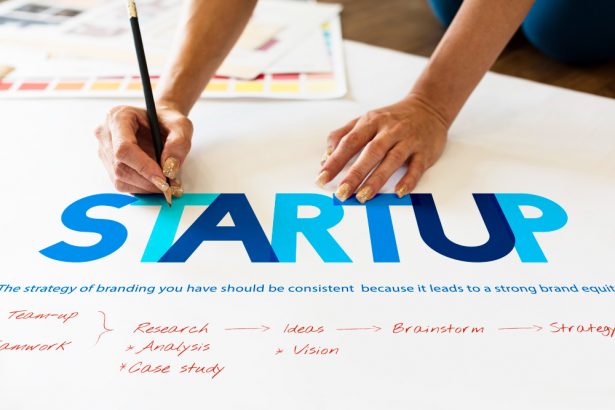The corporate landscape today operates under conditions of constant flux. Consumer behaviors evolve almost weekly, driven by algorithmic trends and digitally mediated preferences. Supply chains can be disrupted by unforeseen events on the other side of the world. New tools — from artificial intelligence to cloud-based collaboration — appear faster than organizations can train themselves to use them. Under such conditions, flexibility isn’t simply about work-from-home options or adjustable hours (though those are pieces of the puzzle). It is about an organizational mindset that treats change not as a threat but as a natural state of doing business.
One of the most visible outcomes of this shift is the redefinition of where and how people work. Remote and hybrid models have proven that productivity can thrive outside traditional office walls, motivating companies to design fluid structures that respond to individual needs while maintaining collective goals. Employers who encourage flexible hours, project-based collaboration, and trust-driven accountability frequently discover higher engagement and innovation levels. This reflects a deeper truth: when employees feel trusted and empowered to adjust their working patterns, their creativity broadens, and their problem-solving abilities sharpen.
Flexibility also manifests at the structural and strategic levels. Modern companies increasingly adopt agile management frameworks — iterative approaches that allow teams to test, learn, and revise continuously instead of locking into year-long strategies. Agile thinking helps organizations confront uncertainty with small, calculated experiments rather than sweeping assumptions. A feedback-oriented culture encourages departments to share insights quickly, enabling faster decisions and cutting down on bureaucratic inertia. This decentralization of authority is another hallmark of flexible organizations: it pushes decision-making closer to where knowledge resides, rather than keeping it hoarded at the top.
Technology naturally plays a central role in all this. Digital platforms enable real-time communication across time zones and ensure information flows seamlessly. Artificial intelligence helps predict market shifts, automate routine tasks, and allow human talent to focus on strategy and innovation. But the most successful implementations of technology happen when companies stay flexible about how new tools integrate into their processes. Instead of forcing technology to fit rigid routines, adaptive organizations redesign their routines around what technology makes possible.
Beyond operations, flexibility influences company culture. Modern employees value autonomy, purpose, and inclusivity; rigid hierarchies can suffocate those values. Companies that design cultures open to feedback, cross-functional collaboration, and individual growth tend to retain people longer and attract better talent. Psychological safety — the freedom to express ideas without fear of blame — thrives in flexible environments, allowing genuine creativity to rise.
Finally, flexibility has become a reputational asset. Consumers reward brands that can respond swiftly to societal changes, communicate transparently, and adjust policies when circumstances demand it. During crises or public challenges, the companies that adapt their messaging and practices in real time build stronger trust with their audiences. This adaptability signals not weakness, but awareness and empathy — qualities now inseparable from modern leadership.
Flexibility is more than a management trend; it is the new foundation of competitive advantage. The modern organization stands on shifting ground, where stability is not the absence of change but the ability to move with it smoothly. Companies that weave flexibility into their culture, leadership, and strategy will not only endure uncertainty — they will transform it into opportunity. The future, it seems, belongs not to the strongest or the largest, but to the most adaptable.






